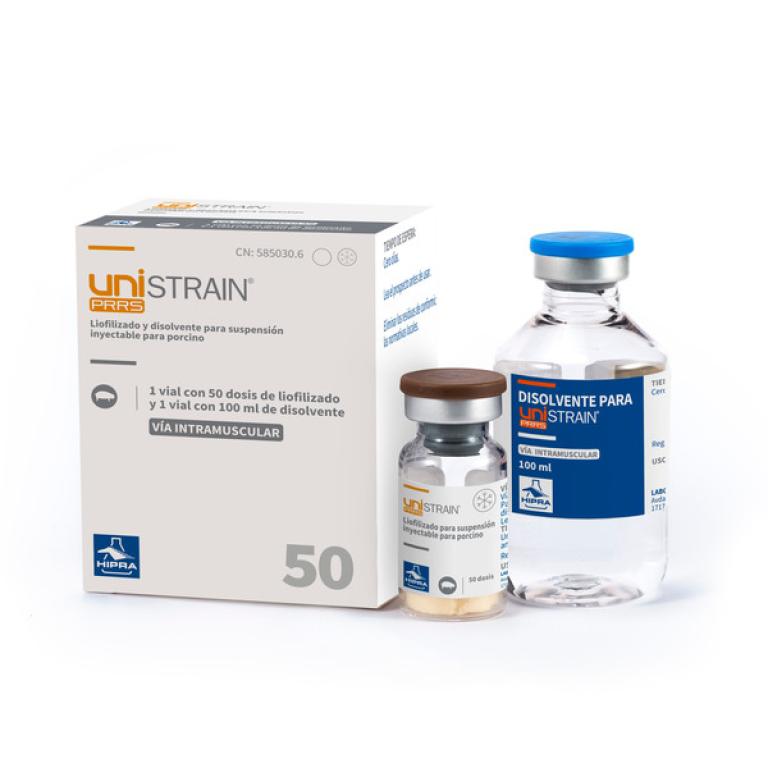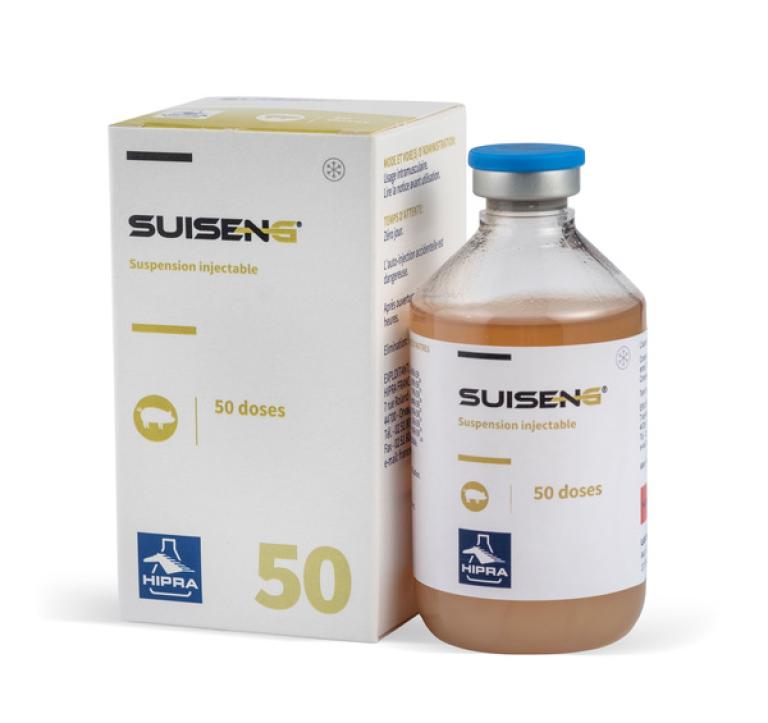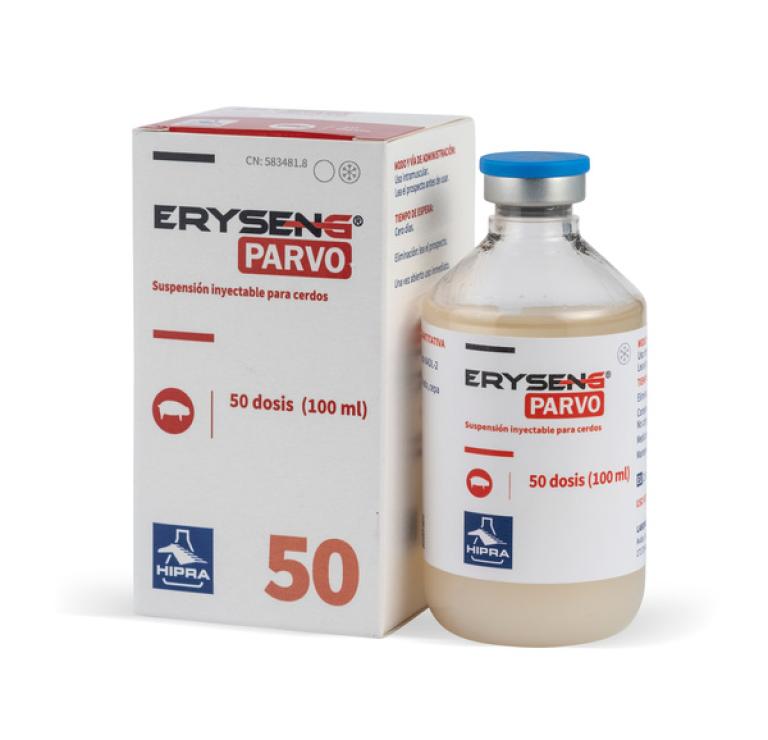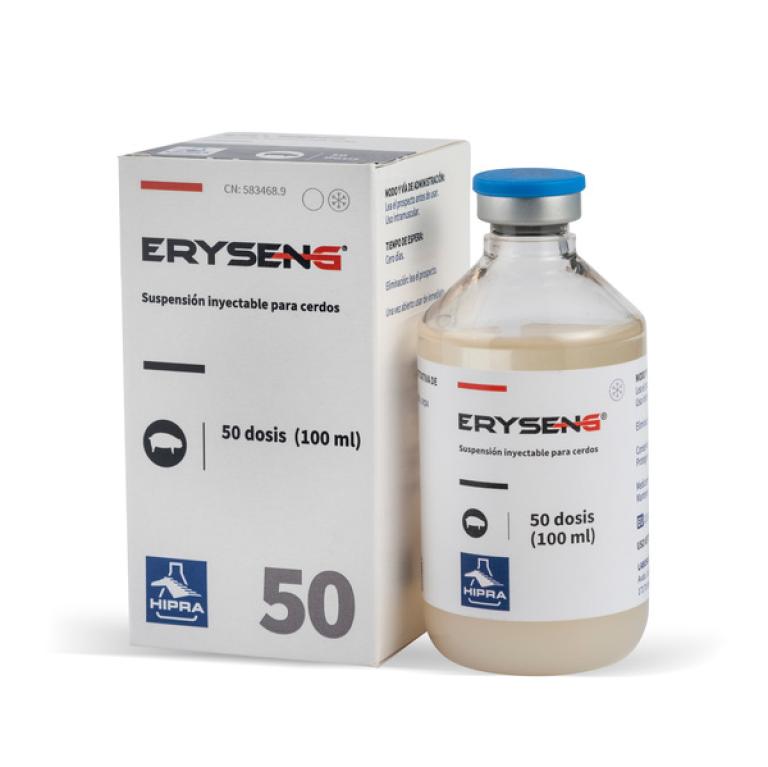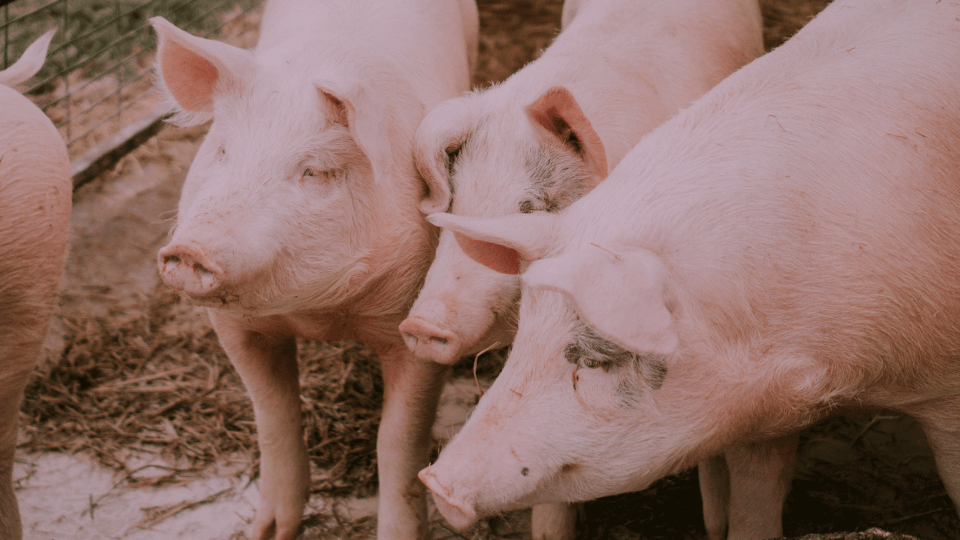AETIOLOGY:
Clostridium novyi is a gram-positive, sporulating, oxygen-tolerant-to-strictly anaerobic rods. Exists types A, B, and D that cause disease in humans and domestic animals. Clostridium novyi Type B, is the primary cause of disease in sheep and swine, produces alpha toxin, but also makes a moderate amount of C. novyi beta toxin.
TRANSMISSION:
Clostridium novyi is a commensal bacterium in the digestive tract. It is a peripartum disease, some physiologic event in proximity to parturition in the body of the sow is the inciting factor for disease. Piglets could, conceivably, be colonized in the farrowing crate or stall during the first few hours after farrowing. The exposure to a shedding sow early in life or to growing pigs at any stage is the most likely route to colonization. Sows in good body condition are at greatest risk, and disease occurs most often in the summer. Most cases occur in lactating sows and losses can easily exceed 15–30% per year. Colonization without excretion (or simple shedding) seems a completely unreasonable expectation, so a colonized animal should be capable of spreading the organism to other pigs.
CLINICAL SIGNS:
The course of the disease is generally peracute, with hardly any clinical signs, which makes identification of sick animals difficult. The animals generally appear to be in good physical condition and then die suddenly, with unusual and rapid postmortem decomposition being characteristic.
LESIONS:
Pathological changes include gross distention of the carcass, purple discoloration of the skin, generalized edema and subcutaneous infiltration with bubbles and foul-smelling bloody fluid in pericardial, pleural, and abdominal cavities. All organs are typically softened, spongy, gas-filled, and severely necrotized. Livers are enlarged and dark, and the parenchyma is uniformly infiltrated with gas bubbles, giving a spongy, “aerochocolate” appearance.
DIAGNOSIS:
Post-mortem examination and samples collection (liver) to perform direct diagnosis techniques such as PCR.
TREATMENT, PREVENTION AND CONTROL:
There is not treatment for the disease, as it is a per-acute process. For the prevention and control the immunization against C. novyi is routinely practiced worldwide. This type of prevention is only feasible with the use of vaccines, generally toxoids or alpha or beta recombinant toxins.

